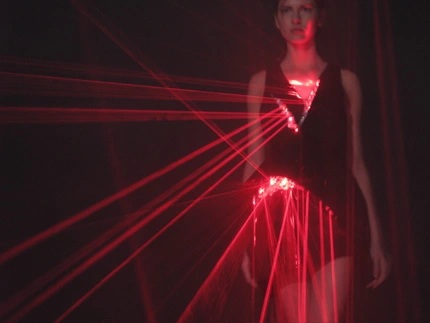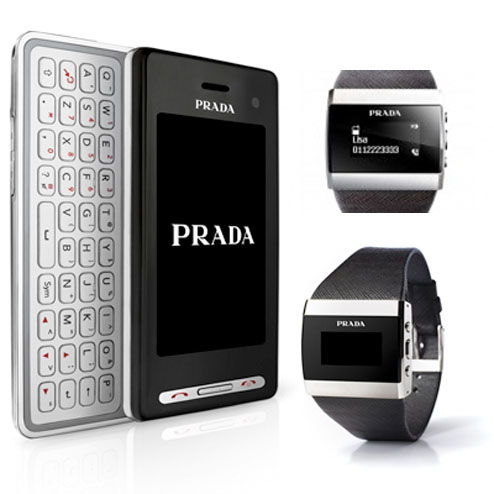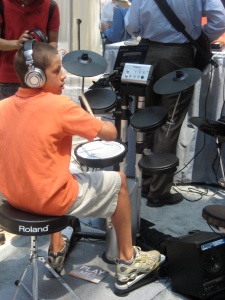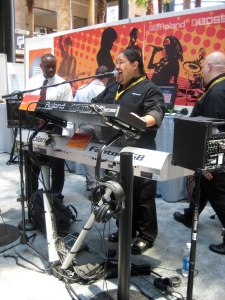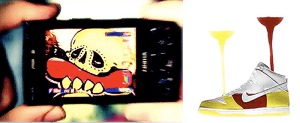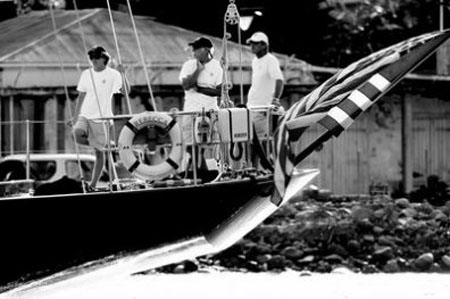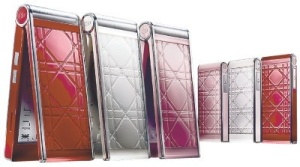
Apple's new iPhone 3G
iPhone Odyssey
One New Yorker’s quest for Apple’s new iPhone 3G
Monday, July 7, 2008 – WASHINGTON
12:45 – Visit local AT&T store to check phone upgrade status. Everything is cool, but the sales guy warns that I should get there early on Friday if I want the iPhone. Last time they sold out before lunchtime. I didn’t think it would be a big deal.
Wednesday, July 9, 2008 – NEW YORK
10:00 – Download and read gizmodo.com’s “iPhone Survival Guide.” It says to go bring energy bars and bottled water and be prepared to camp out. Also, the AT&T account holder must be present. Since I’m on a family plan, that means I have to go back to DC and persuade my mother to wake up early on Friday and camp out at AT&T with me. I decide to make a weekend vacation out of it.
17:30 – Book bus ticket to DC, check AT&T’s website for iPhone checklist.
Thursday, July 10, 2008 – NEW YORK
16:30 – Leave work early and go to Penn Station. The bus is jam packed. After being stuck in traffic for an hour, the bus finally exits out of NYC.
22:35 – Finally arrive home.
00:45 – Set alarm for 6:30. Go to bed early in preparation for the long day ahead.
Friday, July 11, 2008 – WASHINGTON
7:45 – Arrive at local shopping mall. The parking garage seems rather full for 8 in the morning. I get a little nervous.
7:50 – Enter mall and run to AT&T store in time to see a long line snaking around the corner. We queue up behind a skinhead with major tattoos. He says he’s not worried. He’s gone through all this a year before for the first generation iPhone. He’s an iPhone veteran.
8:00 – The doors open exactly at 8, and the line finally moves. An AT&T salesperson walks by, explaining that they only let a few people in at once, and you must register your phone in the store, which takes about 15 minutes. I do the math; it’s going to be a long morning. I survey the barely moving line. Judging by appearances only, it looks to be mostly comprised of young/middle-aged professionals. I idly wonder if they are all skipping work this morning.

8AM queue at AT&T
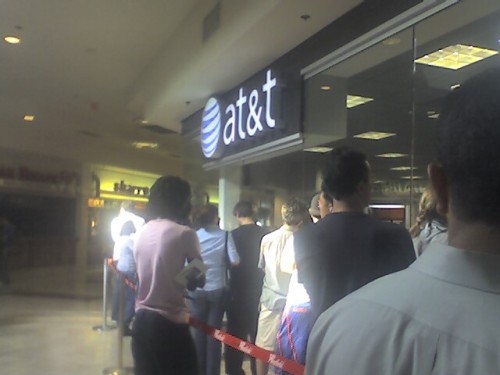
Getting closer!
10:00 – Two hours later, we are ushered into AT&T. The sales rep asks what can he do for us today. I reply that I’m here to buy an iPhone. Like, duh, as if he didn’t know that already. He hands me my new iPhone 3G, but tells me that I can’t use it yet since it’s not activated. Apparently, the computer systems are down so everyone has to activate their phones at home through iTunes. Okay, that’s cool, as long as I can still get my phone.
10:20 – I walk out of AT&T feeling accomplished. The line is even longer than when we arrived over two hours ago. I proudly hold my yet-to-function iPhone. I’m dying to try it out to see if it lives up to all the hype.
11:00 – I try to set up my phone as per the instructions. I hook it up to my MacBook Pro and watch it connecting to iTunes. Ten minutes later, a memo box pops up. The network connection has timed out. I guess it can’t handle a million people trying to activate their phones all at once. Looks like I’ll have to wait to try out my new phone.
17:30 – I attempt to activate my phone again. This time I am lucky as it hooks right up to iTunes. Fifteen minutes later, my phone is finally activated! I set it up so that all my emails, contacts, and calendars are seamlessly synced to my phone. Then I upload music, photos, and videos.
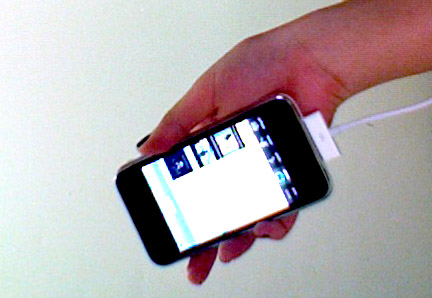
Syncing iPhone to laptop
18:20 – Eight hours after leaving AT&T, my new iPhone is fully loaded and ready to go. Now I can enjoy spending the rest of my weekend customizing my phone.
Monday, July 14, 2008 – NEW YORK
10:00 – Back in New York and back at work. Everyone is talking about the new iPhone. The New York Times reports that Apple sold over one million in the first weekend. My co-worker complains that he waited for three hours on Friday at AT&T, only to find that it was sold out. Another co-worker says that on Saturday, the line at the 14th St Apple Store went all the way down past Jeffrey’s. Yeah, sounds like it was one hell of a weekend for all parties involved. But every time I pick up my new iPhone 3G, I remember that it was all worth it. WU
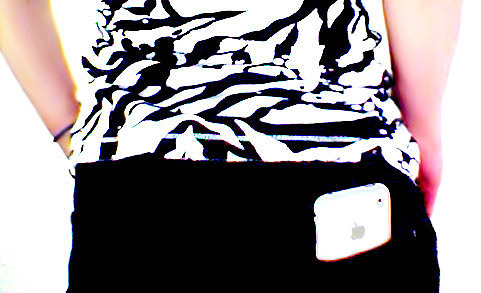
The End
Sent from my iPhone


